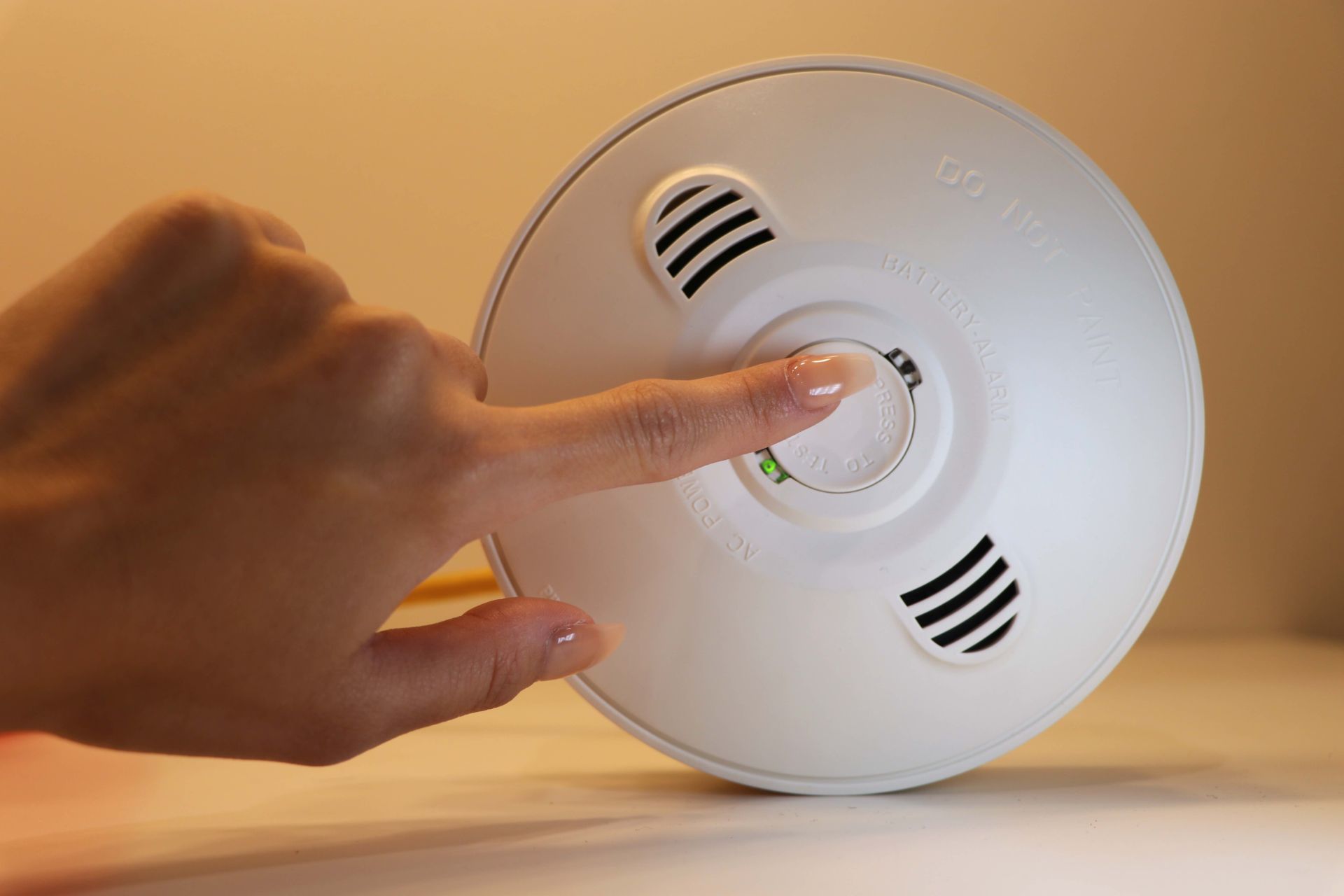

Articles
What Does A Smoke Detector Sound Like
Modified: January 5, 2024
Learn what a smoke detector sounds like in this informative article. Understand the importance of recognizing the different sounds emitted by a smoke alarm.
(Many of the links in this article redirect to a specific reviewed product. Your purchase of these products through affiliate links helps to generate commission for Storables.com, at no extra cost. Learn more)
Introduction
Smoke detectors play a vital role in keeping our homes and workplaces safe by alerting us to the presence of smoke, which can indicate the possibility of a fire. These small devices are designed to detect smoke particles in the air and emit a loud warning sound to prompt us to take immediate action. In the event of a fire, smoke detectors can provide precious seconds or minutes to evacuate safely and notify the authorities.
The importance of smoke detectors cannot be overstated. According to the National Fire Protection Association (NFPA), having a working smoke detector cuts the risk of dying in a reported home fire by half. This statistic highlights the significant impact these devices can have in saving lives and reducing property damage. Therefore, it is crucial to understand how smoke detectors function, as well as what the different sounds they produce mean.
Modern smoke detectors utilize advanced technologies to reliably detect smoke and trigger an audible alert. These devices are typically powered by batteries or connected to an electrical system, ensuring that they can operate even in the event of a power outage. The primary function of a smoke detector is to provide an early warning in the event of a fire, giving us valuable time to evacuate or take appropriate action to mitigate the situation.
When it comes to smoke detectors, the audible alert is the most critical aspect. It is crucial to know what to expect when the alarm sounds, as various factors can influence the sound produced by different types of smoke detectors. Understanding these sounds and being able to interpret them correctly is essential for taking swift and appropriate action.
In the following sections, we will explore the different types of smoke detector sounds, how to interpret them, common alarm patterns, and the importance of regularly testing and maintaining smoke detectors to ensure their effectiveness.
Key Takeaways:
- Early detection and understanding the sounds emitted by smoke detectors are crucial for swift and appropriate action in the event of a fire, potentially saving lives and minimizing property damage.
- Regular testing and maintenance of smoke detectors are essential to ensure their effectiveness, providing peace of mind and playing a vital role in keeping homes and workplaces safe from fire hazards.
Read more: What Does A Smoke Detector Look Like
Importance of Smoke Detectors
Smoke detectors are essential safety devices that play a critical role in protecting lives and property. Here are some reasons why smoke detectors are so important:
- Early Detection: Smoke detectors are designed to detect smoke in its early stages, even before the presence of flames. This early detection allows individuals to be alerted to the potential danger and take immediate action. By detecting smoke early, smoke detectors provide valuable time to evacuate, call for help, or extinguish the fire before it spreads.
- Notification: The primary purpose of a smoke detector is to provide a warning signal in the event of a fire. The loud and distinctive alarm sound can alert everyone in a building, including those who may be sleeping or unaware of the fire’s presence. This early notification is crucial, as it allows people to escape safely and quickly, reducing the risk of injuries or fatalities.
- 24/7 Monitoring: Smoke detectors provide round-the-clock monitoring, ensuring that they are always ready to detect smoke and trigger an alarm, whether it’s day or night. This constant vigilance offers an added layer of protection, especially when unexpected fires occur during sleeping hours or when no one is present in the building.
- Fire Prevention: Smoke detectors not only detect existing fires but can also prevent fires from spreading further. By detecting smoke early on, individuals can take immediate action, such as extinguishing a small fire or notifying the fire department. This proactive approach can help minimize property damage and potentially save lives.
- Compliance with Building Codes: Many building codes and regulations mandate the installation of smoke detectors in residential and commercial properties. Compliance with these regulations ensures that buildings meet safety standards and provides peace of mind for occupants and occupants’ insurance providers.
It is crucial to install smoke detectors in the right locations throughout a building. Ideally, smoke detectors should be placed in every bedroom, outside each sleeping area, and on every level of the building, including basements and attics. Regular maintenance, such as replacing batteries and testing the detectors, is also essential to ensure their proper functioning.
Overall, smoke detectors are vital safety devices that provide early warning of fires, allowing individuals to take immediate action and potentially save lives. By having properly installed and maintained smoke detectors in place, we can significantly reduce the devastating impact of fires on our lives and property.
Functions of Smoke Detectors
Smoke detectors serve several crucial functions in fire safety and protection. Understanding these functions can help us appreciate the importance of these devices. Here are the primary functions of smoke detectors:
- Smoke Detection: The main function of a smoke detector is to detect the presence of smoke in the air. When a fire starts and smoke particles are released into the surrounding environment, the smoke detector’s sensors are designed to detect these particles. This early detection is essential for providing an early warning to occupants before the fire spreads.
- Activation of Alarm: Upon detecting smoke, smoke detectors immediately signal an alarm, typically with a loud and distinct sound. This alarm is designed to alert occupants of the potential danger and prompt them to take appropriate action, such as evacuating the building or alerting emergency services. The alarm’s loudness ensures that the warning can be heard throughout the premises and wakes up individuals who may be sleeping.
- Differentiating Smoke from Other Particles: The sensors in smoke detectors are designed to differentiate smoke particles from other common particles present in the air, such as dust or steam. This ensures that the alarm is only triggered when there is a genuine threat of a fire, reducing false alarms and unnecessary panic.
- Battery Backup: Many smoke detectors are equipped with battery backup systems to ensure their functionality even during power outages. This backup power source allows the smoke detector to continue operating and providing an alarm signal, even when the electrical power is cut off.
- Interconnection: Smoke detectors can be interconnected within a building, meaning that if one smoke detector detects smoke and triggers the alarm, all interconnected detectors will also activate their alarms. This interconnected system ensures that everyone in the building is alerted to the danger, regardless of their location.
Modern smoke detectors may also come with additional features, such as the ability to detect both smoke and heat, or being interconnected with a central monitoring system that notifies emergency services automatically. These additional functions enhance the effectiveness and reliability of smoke detectors in detecting and alerting occupants to potential fires.
It is important to note that smoke detectors should be regularly tested and maintained to ensure their proper functioning. This includes checking batteries, cleaning sensors, and replacing detectors as recommended by the manufacturer. By performing regular maintenance, we can ensure that smoke detectors are always ready to fulfill their vital functions and provide the necessary early warning in the event of a fire.
Audible Alert: What to Expect
When a smoke detector detects smoke particles in the air, it triggers an audible alert to notify occupants of the potential fire hazard. Understanding what to expect from the audible alert can help individuals respond quickly and appropriately. Here are some important points to consider:
Sound Intensity: The alarm sound produced by smoke detectors is intentionally designed to be loud and attention-grabbing. This high sound intensity ensures that the alarm can be heard throughout the premises, even in noisy environments or when individuals are sleeping. The sound intensity serves the purpose of catching people’s attention and prompting them to take immediate action.
Sound Pattern: Smoke detectors typically emit a repetitive beeping or chirping sound pattern when smoke is detected. The pattern may consist of a series of short beeps or chirps followed by a brief pause before repeating. This repetitive pattern helps distinguish the sound of a smoke detector alarm from other types of alarms or noises in the environment.
Tone and Frequency: The tone and frequency of the alarm sound may vary depending on the brand and model of the smoke detector. Common tones include high-pitched beeps or chirps. Some detectors may also have different sound patterns for different types of alarms, such as a continuous tone for a carbon monoxide alarm. It is essential to familiarize yourself with the specific sound pattern of your smoke detectors to ensure accurate recognition in the event of an alarm.
Interconnected Alarms: In some cases, smoke detectors within a building may be interconnected, meaning that when one detector detects smoke and triggers the alarm, all interconnected detectors will also sound their alarms simultaneously. This feature ensures that everyone in the building is alerted to the potential danger, regardless of their location. It is important to understand whether your smoke detectors are interconnected and how their alarm sounds will coordinate.
Evacuation Procedure: When the smoke detector alarm sounds, it is crucial to follow an established evacuation procedure. This may include immediately leaving the building, closing doors behind you, and notifying others about the potential fire hazard. Having a pre-planned evacuation route and a designated meeting point outside the building can greatly facilitate a swift and organized evacuation.
False Alarms: While smoke detectors are designed to detect smoke accurately, they may occasionally trigger false alarms due to cooking vapors, steam, or excessive dust. In the event of a false alarm, it is important to take it seriously at first and investigate the cause. However, if it is determined to be a false alarm, it is advisable to promptly address the issue to prevent further disturbances.
By being aware of what to expect from the audible alert of a smoke detector, individuals can respond promptly and appropriately in the event of a potential fire. Regularly testing your smoke detectors and familiarizing yourself with the sound patterns and evacuation procedures can contribute to a safer living and working environment.
Different Types of Smoke Detector Sounds
Smoke detectors emit distinct sounds to alert occupants of a potential fire. The specific type of sound produced can vary depending on the make and model of the smoke detector. Understanding the different types of smoke detector sounds can help individuals recognize and differentiate between different alarms. Here are some common types of smoke detector sounds:
- Continuous Beeping: This is the most commonly recognized sound produced by smoke detectors. It consists of a continuous and steady beeping pattern, typically at a high pitch. This sound pattern indicates a potential fire hazard, and individuals should react promptly by following established evacuation procedures.
- Intermittent Beeping: Some smoke detectors may emit intermittent or sporadic beeping sounds. This form of sound pattern is often used to indicate a low battery. When a smoke detector’s battery is running low, it may emit a series of quick beeps at regular intervals. In such cases, it is important to replace the battery as soon as possible to ensure the smoke detector’s continued effectiveness.
- Voices or Recorded Messages: Some advanced smoke detectors are equipped with voice alarms or pre-recorded messages. Instead of a simple beeping sound, these alarms may feature a recorded voice that announces a fire or smoke event. This type of alarm can provide additional clarity and information about the emergency, helping individuals take swift and appropriate action.
- Combination Alerts: In certain situations, smoke detectors may emit multiple sounds or combinations of sounds to indicate different types of emergencies. For example, a smoke detector equipped with a carbon monoxide detector may produce a different sound pattern when it detects the presence of carbon monoxide gas. This combination alert ensures that occupants are aware of the specific danger they are facing and can respond accordingly.
- Visual Alarms: In addition to audible alerts, some smoke detectors may include visual alarms, such as flashing lights or strobes. These visual indicators are particularly useful for individuals with hearing impairments or in loud environments where the audible alarm may be difficult to hear. The combination of both audible and visual alarms enhances the overall effectiveness of alerting occupants to potential fire hazards.
It is important to note that the exact sounds produced by smoke detectors may differ between manufacturers and models. Therefore, it is recommended to familiarize yourself with the specific sound patterns and features of the smoke detectors installed in your living or working space. This knowledge will enable you to respond appropriately when an alarm sounds and take the necessary actions to ensure your safety and the safety of others.
When a smoke detector goes off, it will emit a loud, high-pitched beeping sound. It’s important to familiarize yourself with the sound so you can recognize it in case of an emergency.
Read more: What Does A Vape Smoke Detector Look Like
Interpreting Smoke Detector Sounds
Interpreting the sounds emitted by a smoke detector is crucial for understanding the nature and severity of a potential fire hazard. By correctly interpreting the smoke detector sounds, individuals can take appropriate action in a timely manner. Here are some key points to consider when interpreting smoke detector sounds:
- Continuous Beeping: A continuous beep or alarm sound is typically an indication of a significant fire hazard. This steady and uninterrupted sound signifies that the smoke detector has detected a considerable amount of smoke. When you hear this sound, it is essential to react immediately by following your established evacuation plan and contacting emergency services.
- Intermittent Beeping: If a smoke detector emits intermittent beeps at regular intervals, it often indicates a low battery. This sound pattern serves as a reminder to replace the battery promptly. Ignoring or delaying battery replacement can result in a non-functional smoke detector, compromising your safety in the event of a fire. It is important to address low battery alerts promptly to ensure the smoke detector’s continued effectiveness.
- Voice or Recorded Messages: Smoke detectors equipped with voice alarms or prerecorded messages provide additional clarity and information about the emergency. These alarms may audibly state “Fire” or provide instructions such as “Evacuate the building immediately.” When you hear a voice alert, it is important to follow the instructions given and take immediate action accordingly.
- Combination Alerts: Some smoke detectors can detect multiple hazards, such as smoke and carbon monoxide. In such cases, different sound patterns may indicate specific dangers. For example, a different sound or alarm pattern may indicate a carbon monoxide threat. Understanding the combination alerts and their respective meanings is crucial for determining the appropriate response in emergency situations.
- Visual Alarms: Smoke detectors equipped with visual alarms, such as flashing lights or strobes, provide an additional layer of notification. These visual indicators can be particularly helpful for individuals who are deaf or hard of hearing, as well as in noisy environments. If you observe a visual alarm in conjunction with an audible alarm, it reinforces the urgency to take immediate action.
It is important to familiarize yourself with the specific smoke detector sounds and interpretations applicable to the detectors in your living or working space. Take the time to read the manufacturer’s instructions and become aware of any unique sound patterns or additional features your smoke detectors may include. This knowledge will empower you to accurately interpret the sounds and respond effectively in the event of a fire or other emergency.
Common Smoke Detector Alarm Patterns
Smoke detectors utilize specific alarm patterns to convey crucial information about the nature of a potential fire hazard. Being able to recognize these common smoke detector alarm patterns can help individuals understand the severity of the situation and take appropriate actions. Here are some of the most common smoke detector alarm patterns:
- Continuous Beeping: A continuous and steady beep typically signifies a significant fire hazard. When a smoke detector emits this alarm pattern, it indicates that the detector has detected a substantial amount of smoke in the surrounding area. This constant beeping requires immediate attention and immediate evacuation from the premises. Contact emergency services as soon as possible to report the fire.
- Intermittent Beeping: Intermittent or sporadic beeping is often associated with low battery alerts. When a smoke detector emits this pattern, it indicates that the battery is running low, requiring replacement. It is crucial to address low battery alerts promptly to ensure the continued functionality of the smoke detector. Replace the battery with a fresh one recommended by the manufacturer to maintain the detector’s effectiveness.
- Three or Four Beeps, Pause, Repeat: This specific alarm pattern signifies a potential issue with the smoke detector itself. When a smoke detector emits a series of three or four beeps followed by a pause and repeating the pattern, it indicates a malfunction or a fault in the detector. In this case, it is essential to take immediate action by contacting a professional to inspect and repair the smoke detector to ensure its proper functioning.
- One Long Continuous Beep: A single extended and continuous beep, rather than the usual intermittent or repeating pattern, may indicate a malfunction or problem with the specific smoke detector. This prolonged beep serves as an alert that there may be a fault or defect in the detector itself. Contact a professional to investigate and address the issue accordingly to ensure the smoke detector’s reliability.
- Combination Alerts: Some smoke detectors are designed to detect multiple hazards, such as smoke and carbon monoxide. In these cases, the alarm pattern may vary depending on the detected hazard. For example, a smoke-related alarm pattern (such as continuous beeping) may differ from a carbon monoxide-related alarm (such as an intermittent beeping or a specific voice message). Understanding the combination alerts specific to your smoke detector is crucial for identifying the type of emergency and responding accordingly.
It is important to remember that smoke detectors from different manufacturers may have varying alarm patterns and sounds. Therefore, it is essential to refer to the manufacturer’s instructions for your specific smoke detector model to understand its unique alarm patterns. Regularly testing your smoke detectors and becoming familiar with their alarm sounds will help ensure proper functionality and a swift response in the event of a fire or other emergency.
Testing and Maintaining Smoke Detectors
Regular testing and maintenance of smoke detectors are essential to ensure their proper functioning and reliability in detecting potential fire hazards. By following proper testing and maintenance practices, you can maximize the effectiveness of your smoke detectors and enhance the safety of your home or workplace. Here are some important steps to consider:
- Test Your Smoke Detectors: It is recommended to test your smoke detectors at least once a month to ensure they are functioning correctly. Most smoke detectors have a test button that, when pressed, will activate the alarm sound briefly to confirm proper operation. If the alarm sound is weak or non-existent, replace the batteries and retest. If the issue persists, consider replacing the smoke detector altogether.
- Replace Batteries: Smoke detectors are typically battery-powered, so it is important to replace batteries regularly. It is advisable to change the batteries at least once a year or when the low battery warning sound is activated. It’s a good idea to use long-lasting, high-quality batteries to ensure the smoke detector remains operational. Remember to test the smoke detector after installing new batteries to verify proper functionality.
- Clean Smoke Detectors: Dust, dirt, and debris can accumulate on the sensors of smoke detectors, hindering their ability to detect smoke accurately. Regularly clean your smoke detectors by carefully vacuuming the surface or using a soft brush to remove any buildup. Avoid using harsh chemicals or water, as they can damage the detector. A clean smoke detector ensures optimal performance and reduces the likelihood of false alarms.
- Check for Interconnections: If you have multiple smoke detectors in your home or workplace, ensure they are properly interconnected. Interconnected smoke detectors ensure that when one detector detects smoke and triggers the alarm, all interconnected detectors will also activate their alarms simultaneously. Regularly check the interconnection by testing each detector to ensure they are all in proper working order and can communicate with one another.
- Follow Manufacturer’s Guidance: Each smoke detector model may have specific recommendations from the manufacturer regarding testing and maintenance. Read and follow the manufacturer’s instructions carefully to ensure you are properly maintaining your smoke detectors. This includes information on battery replacement, cleaning methods, and any other recommended maintenance tasks.
- Replace Outdated or Malfunctioning Detectors: Smoke detectors have a limited lifespan, typically around 10 years. After this time, their sensors may become less sensitive, reducing their effectiveness in detecting smoke. If your smoke detectors are approaching or have exceeded their expiration date, it is important to replace them promptly. Similarly, if a smoke detector consistently malfunctions or fails to function even after testing and maintenance, replace it as soon as possible to ensure your safety.
Testing and maintaining your smoke detectors should be a priority to ensure the early detection of potential fire hazards. A well-maintained smoke detector provides peace of mind and plays a vital role in keeping your home or workplace safe. By incorporating these simple steps into your routine, you can help ensure that your smoke detectors are always functioning properly and ready to protect you from the dangers of fire.
Conclusion
Smoke detectors are crucial devices for fire safety, providing early detection and alerting us to the presence of smoke. Understanding their functions and the sounds they produce is vital for effectively responding to potential fire hazards. By interpreting smoke detector sounds correctly, we can take prompt and appropriate actions, potentially saving lives and minimizing property damage.
We have explored the importance of smoke detectors in our homes and workplaces, highlighting their role in preventing fire-related tragedies. Their early detection capabilities provide invaluable time for evacuation, alerting emergency services, and taking measures to mitigate the situation.
Furthermore, we have examined the various audible alerts emitted by smoke detectors. From continuous beeping to intermittent beeping and combination alerts, each sound pattern conveys critical information about the nature and severity of a potential fire hazard. By understanding these alarm patterns, individuals can react swiftly and efficiently.
To ensure the effectiveness of smoke detectors, regular testing and maintenance are essential. By testing smoke detectors monthly, replacing batteries, cleaning the units, and checking for interconnections, we can optimize their performance and minimize the risk of false alarms or malfunctioning detectors.
In conclusion, smoke detectors are indispensable safety devices that protect us from the devastating effects of fires. Understanding their functions, recognizing their sounds, and maintaining them properly are crucial steps in safeguarding our lives, homes, and workplaces. By prioritizing fire safety and being vigilant with smoke detectors, we can significantly enhance our overall safety and well-being.
Frequently Asked Questions about What Does A Smoke Detector Sound Like
Was this page helpful?
At Storables.com, we guarantee accurate and reliable information. Our content, validated by Expert Board Contributors, is crafted following stringent Editorial Policies. We're committed to providing you with well-researched, expert-backed insights for all your informational needs.
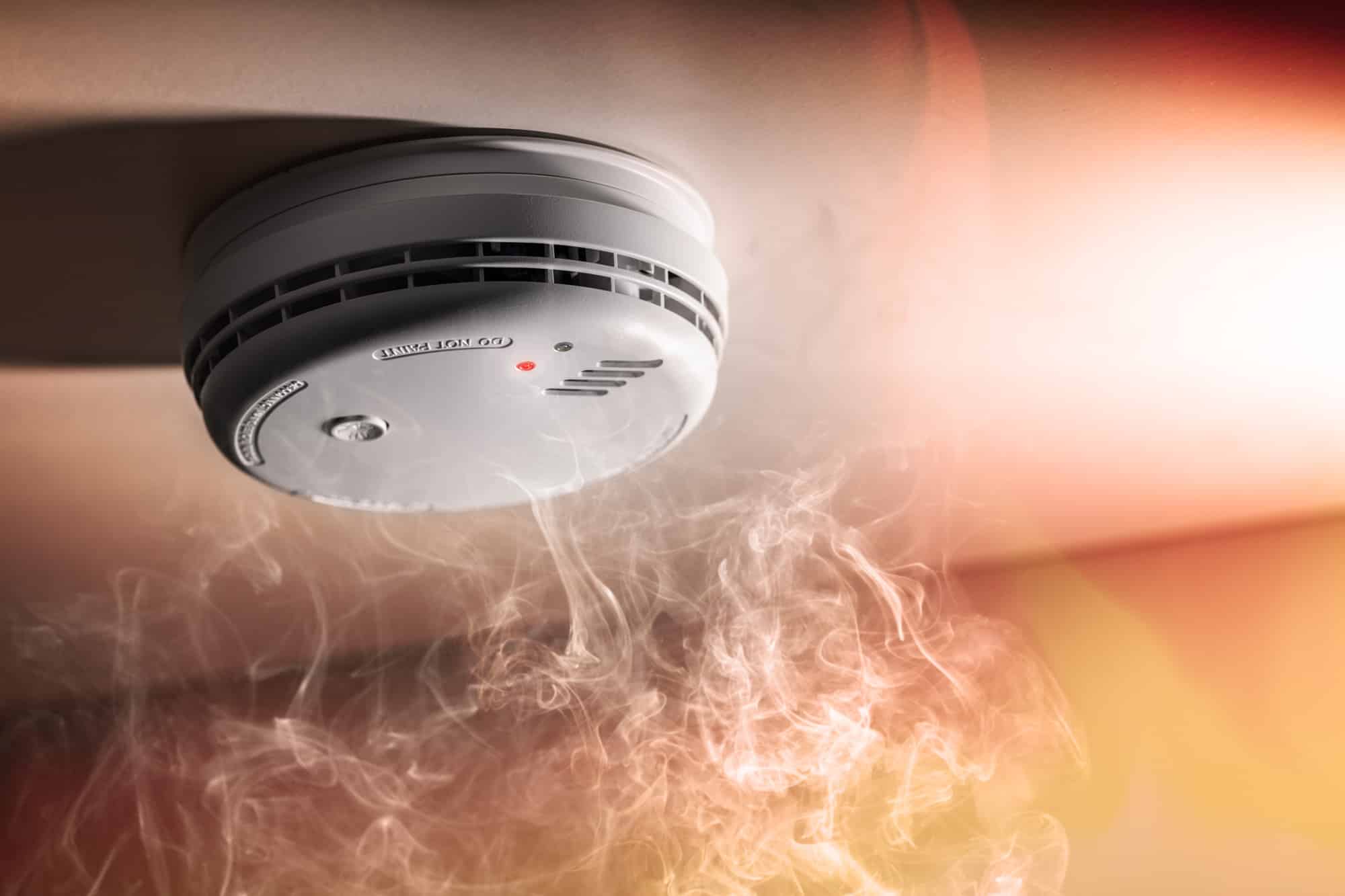
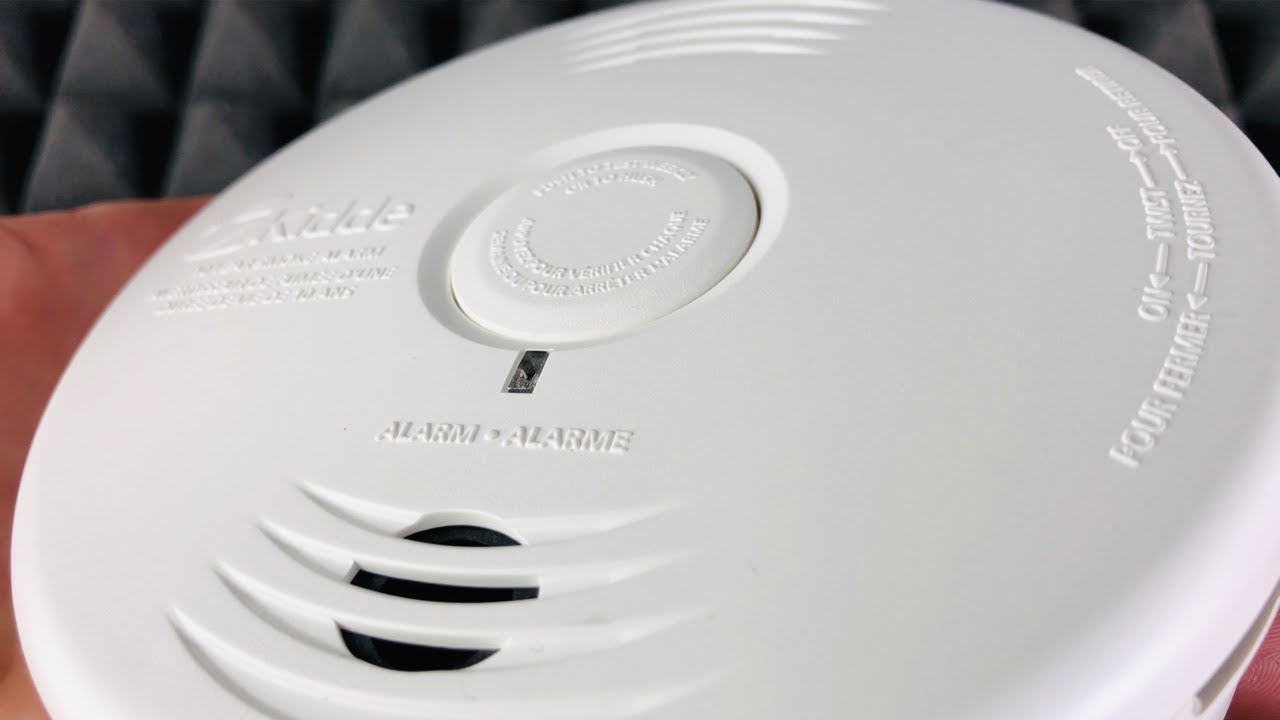
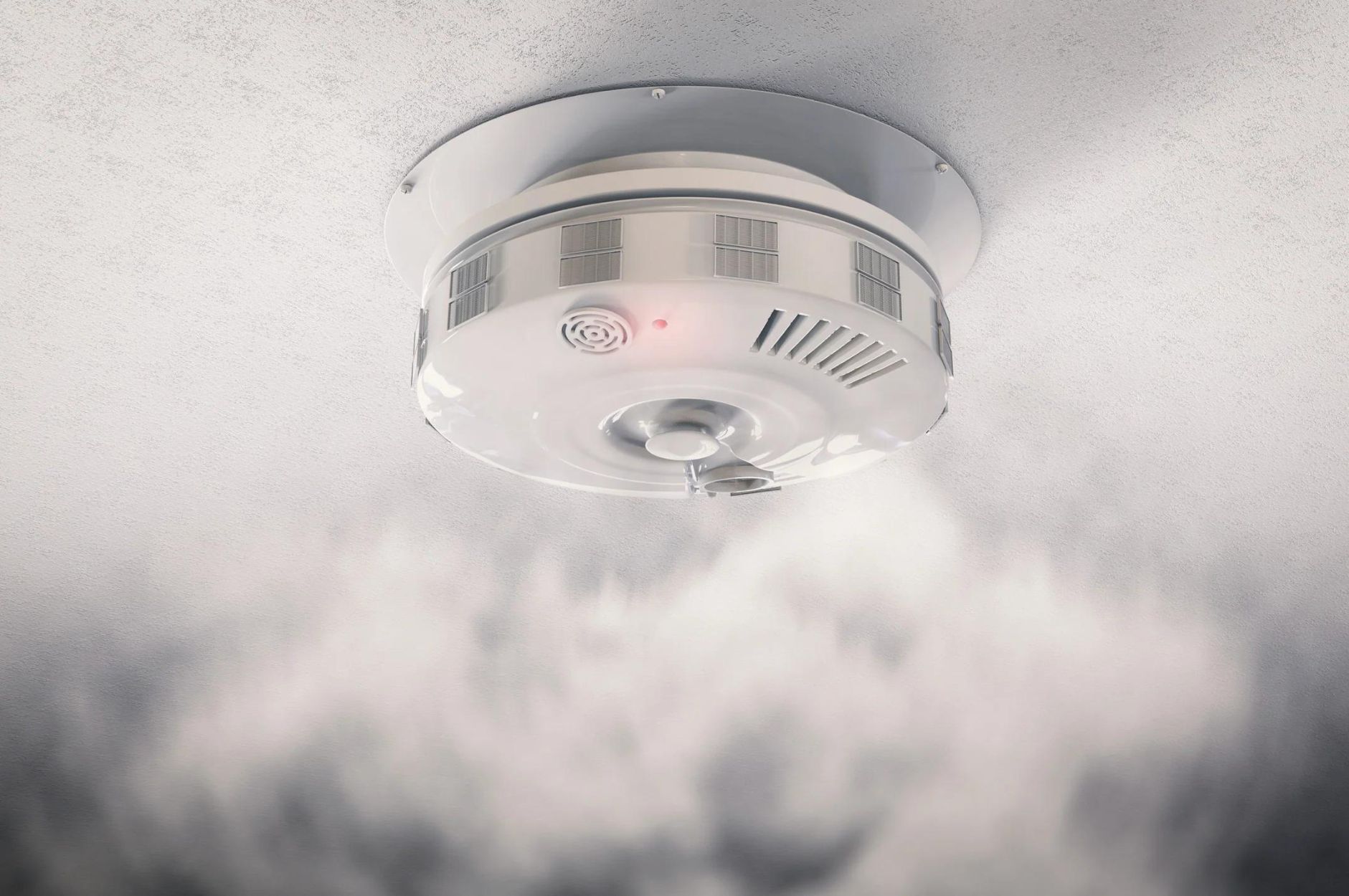
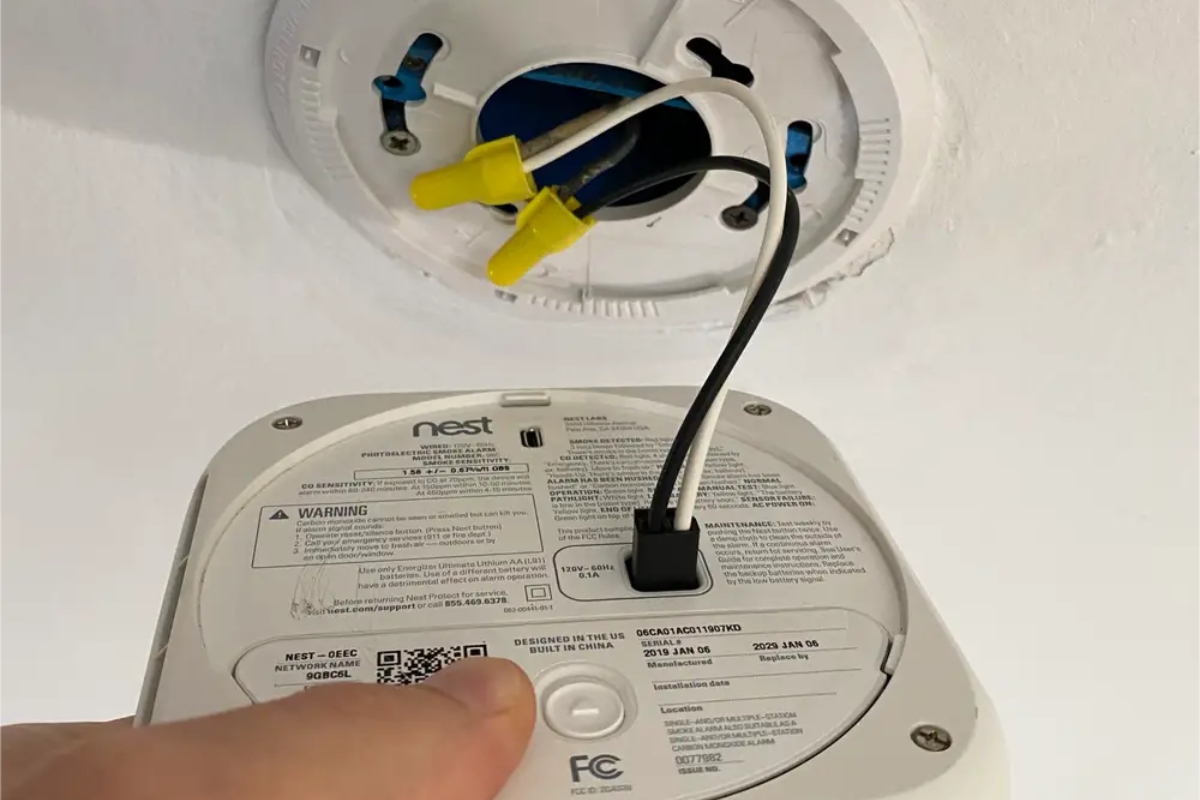
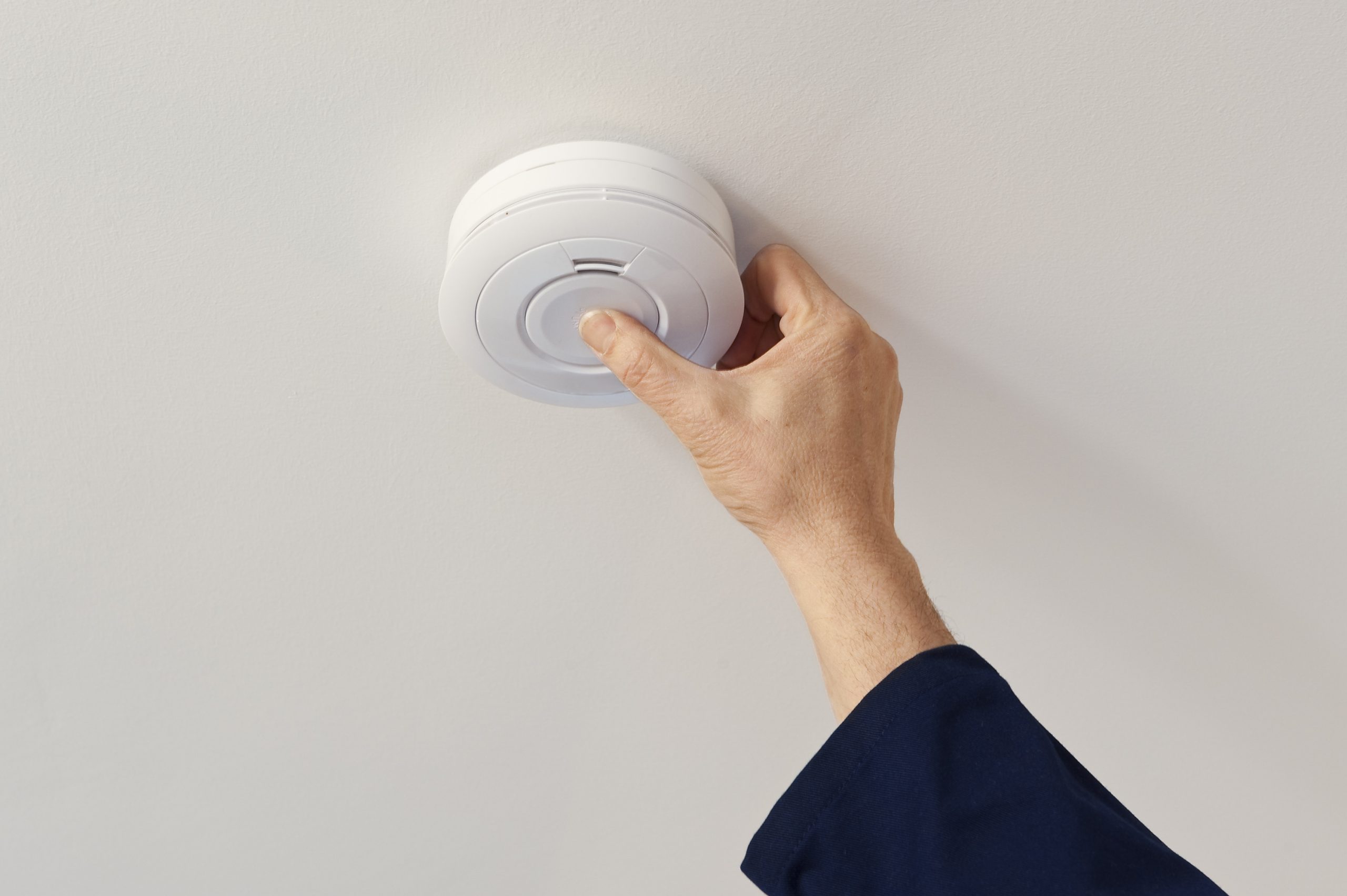
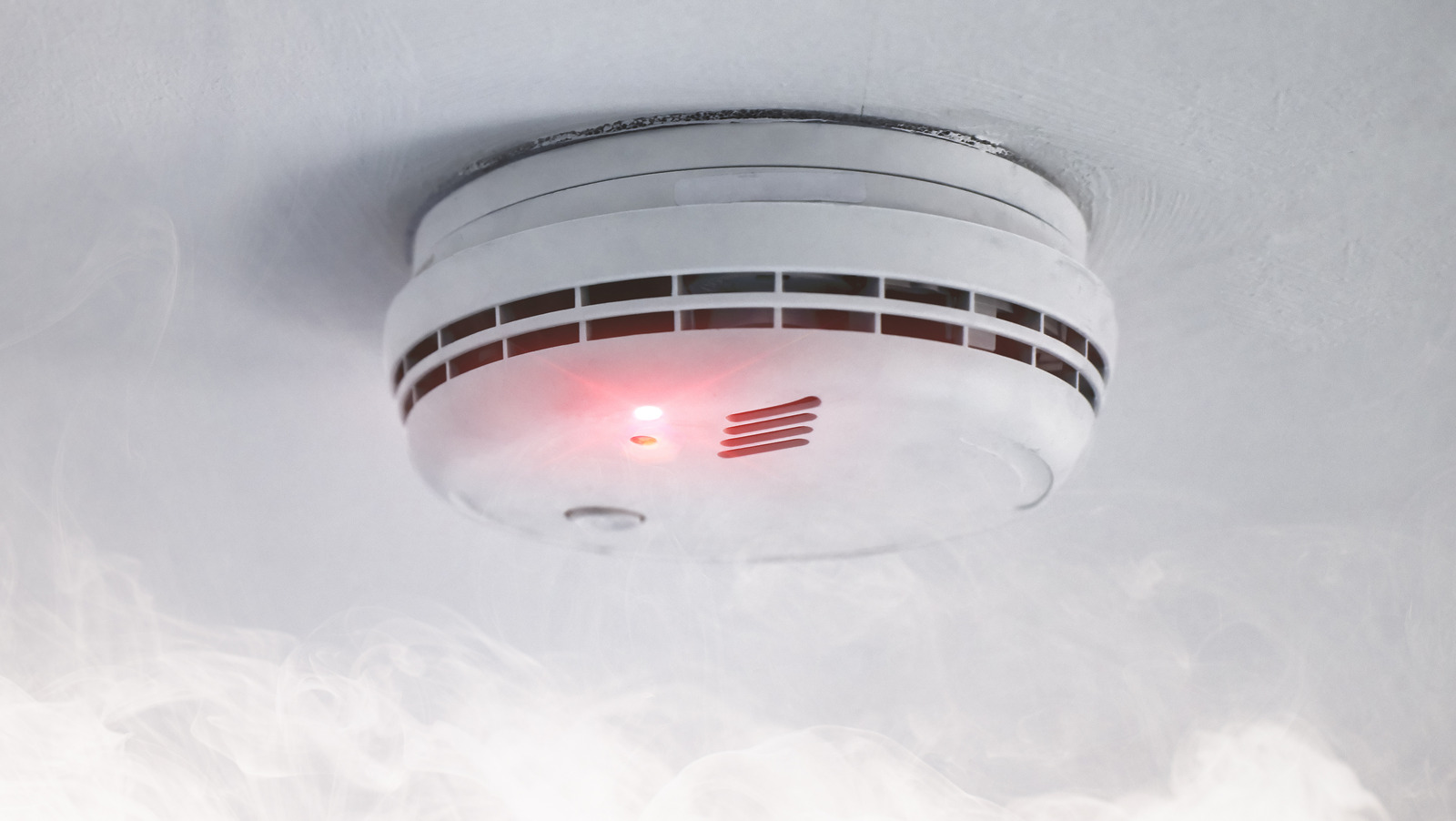
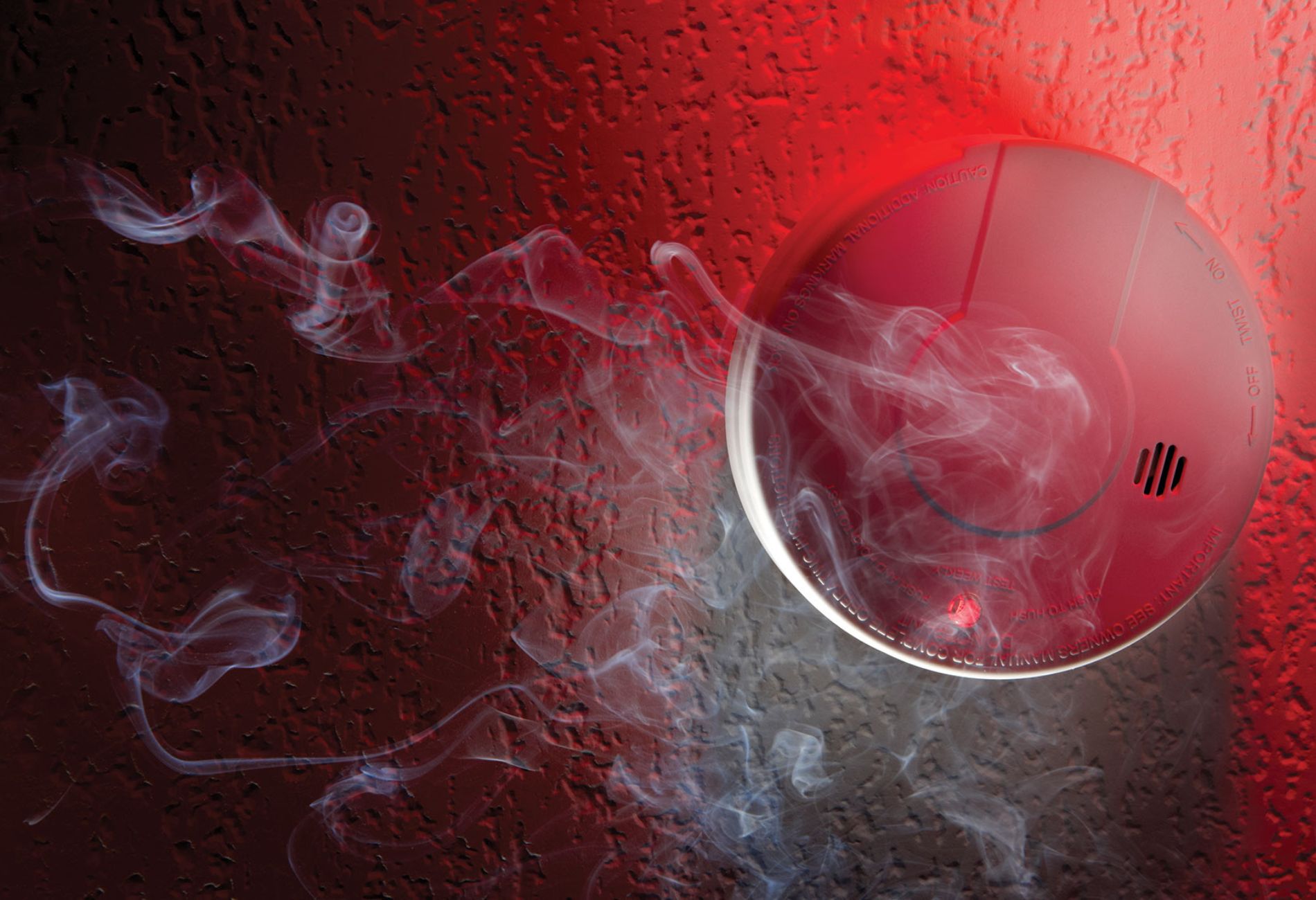

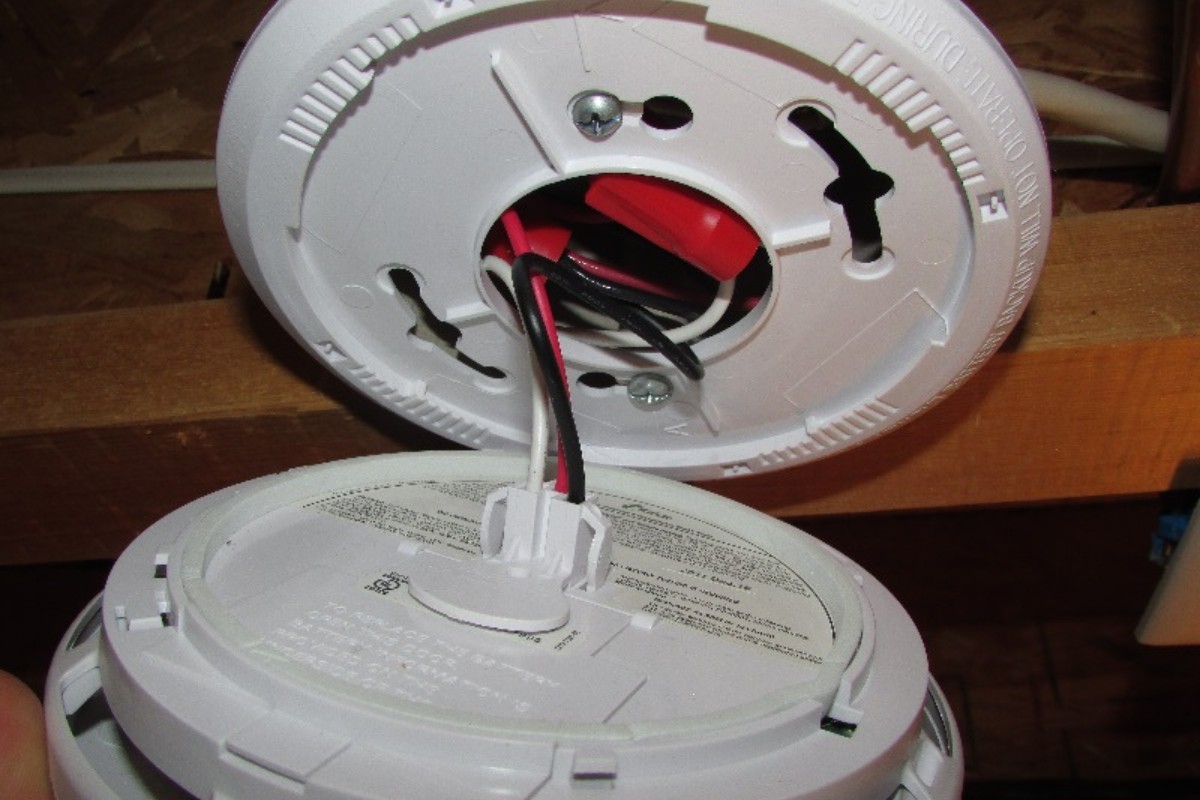
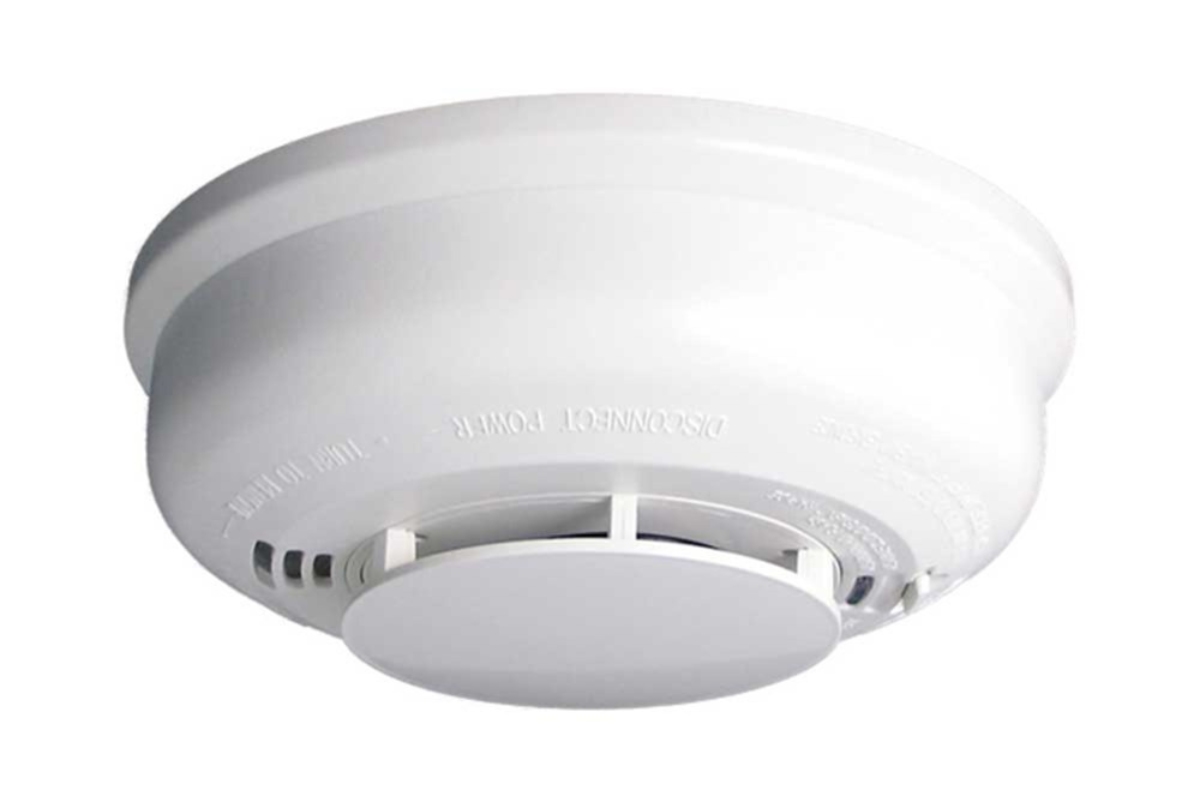


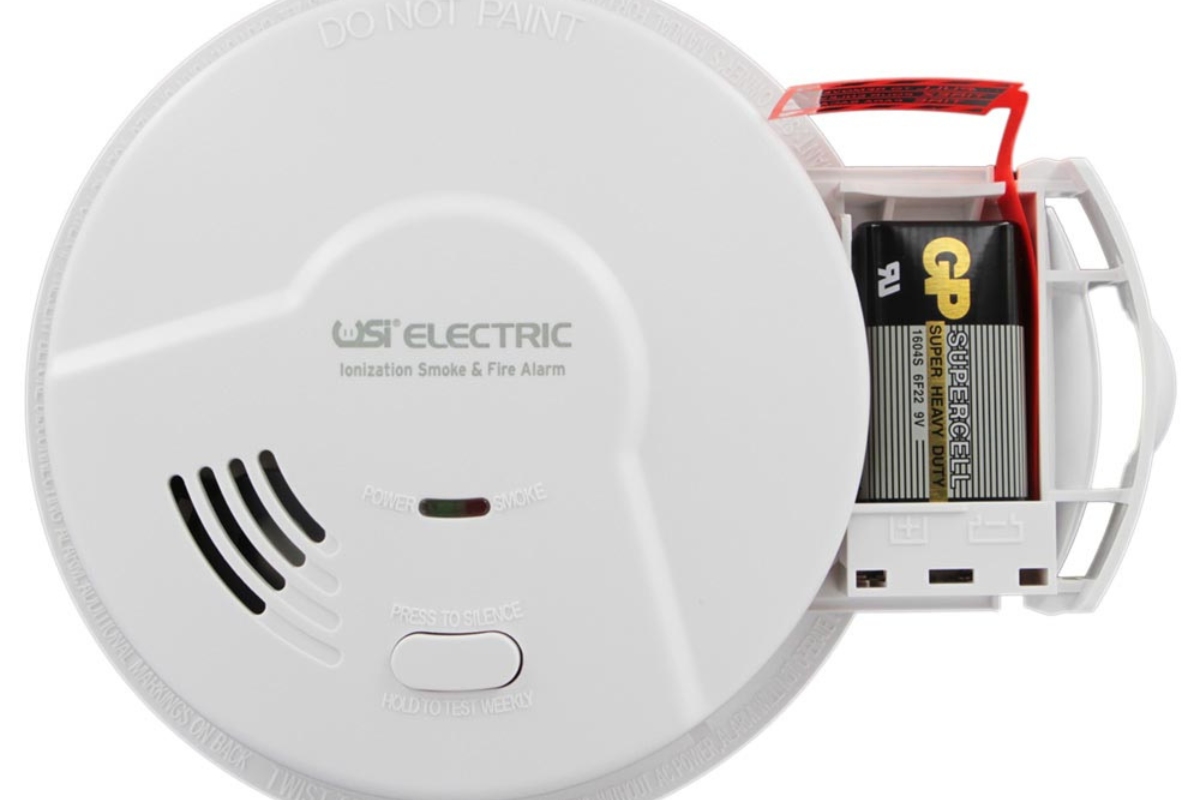
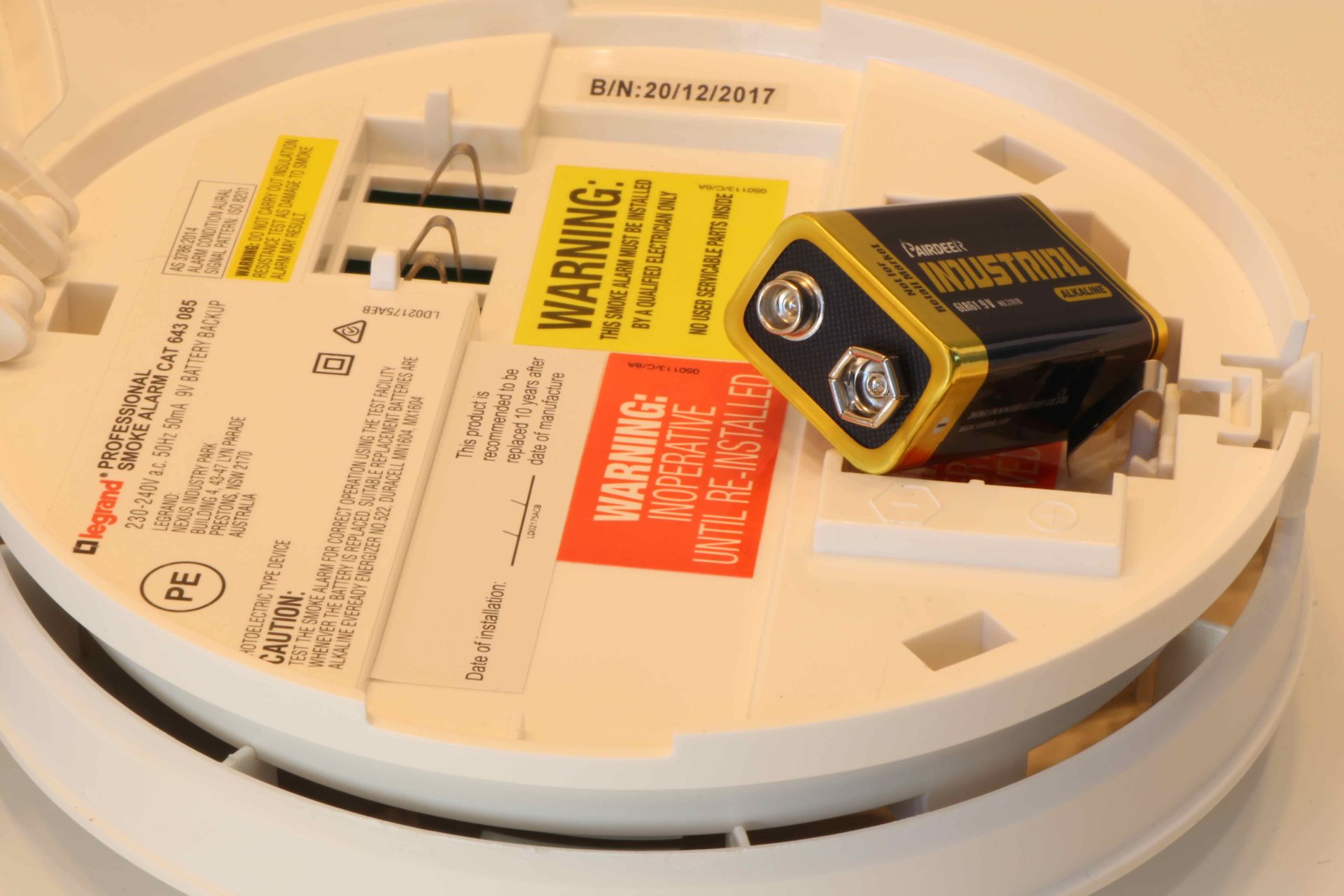

0 thoughts on “What Does A Smoke Detector Sound Like”